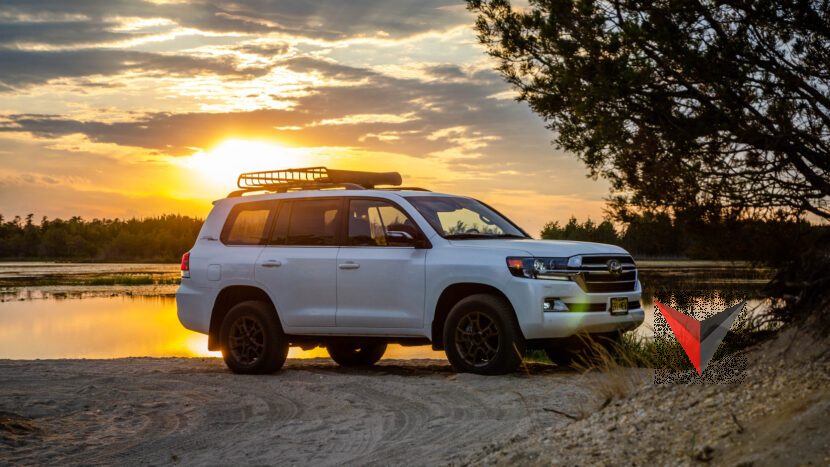Both Audi and Mercedes-Benz have had choices on this section for fairly a while now. On the Mercedes aspect of issues we’ve the EQC 400 4Matic, the first manufacturing electrical automobile in the vary of the Stuttgart-based firm ever.
We examined it some time again and got here again impressed with the method it handles itself, though it was a bit too heavy for our style. However, that is the automobile the iX3 has to to battle now and we’re gonna check out how they match up.

The EQC has 408 PS at its disposal and complete torque of 760 Nm (560 lb-ft) of torque, together with an 85 kWh battery out of which 80 kWh are literally usable. According to Mercedes-Benz, this could permit their 2.5-ton automobile to cowl 417 kilometers (259 miles) on a single cost.
As for the straight line efficiency, the Mercedes-Benz EQC 400 4Matic will do 0-100 km/h (62 mph) in 5.1 seconds. Charging may be completed at 112 kW DC, most, which means it’s best to get to 80 p.c of the battery in 35 minutes.

The Audi aspect of issues is represented by their e-Tron mannequin. There are just a few fashions of it accessible however I’m going to stay with the e-tron 55 quattro for the sake of holding issues as truthful as potential. That stated, the Audi comes with the very same quantity of energy as the EQC, 408 PS however a bit much less torque, at 664 Nm (490 lb-ft).
It makes use of a 95 kwH battery out of which 86.5 kwH can truly be utilized by the automobile’s electronics. It will recharge at up to 115 kw utilizing a DC charger and it ought to get you from 5 to 80 p.c battery in 26 minutes. The claimed vary, in accordance with the WLTP testing ought to be 436 kilometers (270 miles). The 2.55 ton automobile also needs to do 0-100 km/h (62 mph) in 5.7 seconds.

As for the BMW iX3, the new electrical mannequin from Bavaria goes about doing issues a bit completely different. The complete energy output of the iX3 is rated at 286 PS whereas the torque quantities to 400 Nm (295 lb-ft). The battery that powers the entire factor is rated for 80 kWh in complete however solely 74 kWh can truly be used.
However, the BMW has the highest charging energy, having the ability to feed off 150 kW chargers, which means you may get to 80 p.c cost in 34 minutes in accordance with BMW. The iX3 can be the lightest automobile right here, with a complete weight of two.26 tons. It’s not the quickest although, doing the 0-62 mph dash in 6.eight seconds. As for the vary, the WLTP exams confirmed a most of 460 kilometers (286 miles), beating its opponents in the course of.
It’s additionally fairly apparent BMW held again when designing the iX3. The focus was totally on holding issues a bit lighter (and the iX3 is fairly near an everyday X3 in the weight division) and providing a greater vary than the rivals on the market. Whether that final bit was achieved or not stays to be seen.
For now, we’re simply utilizing the WLTP figures to match these three EVs, real-world outcomes being typically fairly far off from the official estimates. Once we get our palms on one in all these, we’ll let you know the way real-life driving measures up.


